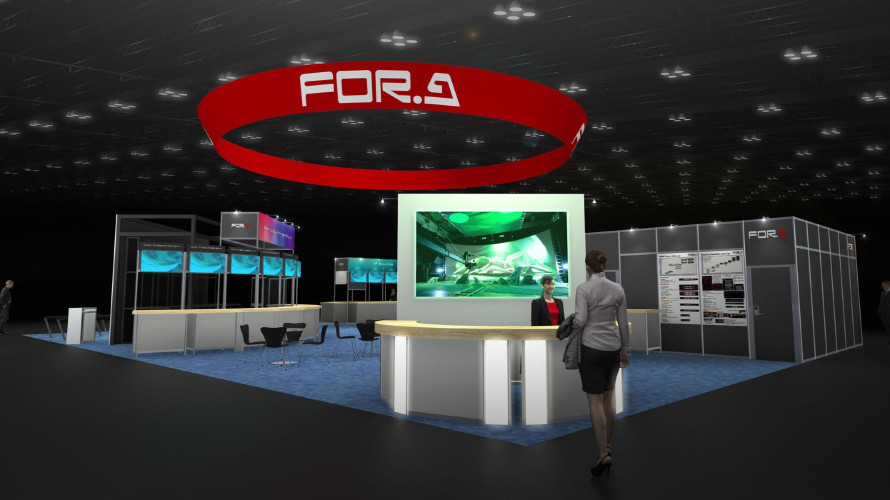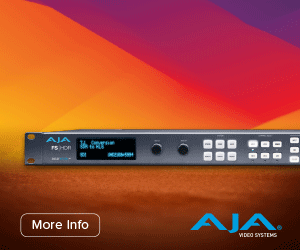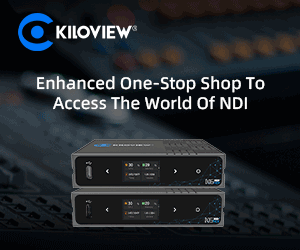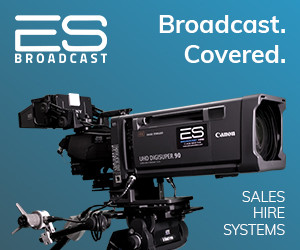As the AoIP debate continues to confuse and delight in equal measure, what is clear is different scenarios require specific solutions. So is there a solution that encompasses open standards and existing proven AoIP technologies to the benefit of all?
Introduction
By definition, network infrastructure (switches, routers and cables) is protocol and technology agnostic, it carries data. This is one of the primary reasons to use IP technology in a broadcast facility, the same infrastructure can carry different formats of video and audio data. Key to developments are open standards, ensuring the widest potential future interoperability. Key to real-world installations are system requirements and technology choices driven by the application, or specific usage case. The market share of AoIP technology stacks is also an important factor to consider for interoperability. At this point on the standards adoption curve for audio, the use of licenced AoIP technology stacks provides the widest guaranteed interoperability and greatest functionality when considering audio specific routing requirements.
Solid State Logic’s (SSL) System T broadcast audio platform utilises Audinate’s Dante technology stack, including the Dante API managing audio routing of SSL Network I/O and over 2000 third party AoIP products directly in the console GUI, including automatic discovery. The exact same hardware interfaces on their Tempest processing engines and Network I/O devices, simultaneously support Dante and the transport standards - AES67 or ST 2110-30 - providing the widest possible interoperability.
Stacks of Standards
Media over IP systems can be broken down into layers, the layers make up what is referred to as a stack. Within each layer different standards perform different functions. At a network level these standards are managed by the IEEE and IETF. Within the broadcast industry SMPTE and AES standards, plus the more recent AMWA specifications, have been developed for media specific network requirements. It is commonplace for standards to use other standards (ST 2110 uses RTP), specifications to use standards (NMOS IS-04 uses mDNS and/or DNS-SD) and technology packages to use standards (Dante uses mDNS and DNS-SD).
The benefit of an IP network is that both the technology packages and broadcast standards plus specification approaches use the same underlying network standards. To the network infrastructure all media and control traffic is simply data. Another network benefit is that evolution of technology and standards can be accommodated because the underlying network standards are respected.
The choice is not between using a specific technology package or standards, the choice is where is it appropriate to use a specific technology or standard? Looking at the user requirements will inform this choice.
Other factors to consider include the total cost of infrastructure. For the audio-only section of a system, lower cost 1GbE switches (perhaps with a 10GbE uplink) may well be suitable. Using 10GbE or higher bandwidth ports that are required for the video stream for every audio device will be extremely wasteful and costly. SSL have installed System T projects where over 6000x6000 Dante audio signals have been deployed on Cisco’s small business range of SG350 and SG500 series switches.
Security
The best thing about media over networking technology is that everything can be seen by everything and options are limitless, the worst thing is also, that everything is available everywhere.
Audinate’s Dante Domain Manager provides a security layer for the Dante technology stack. DDM acts as an authorisation server that allows routing clients access to devices to make changes. Dante controller is a routing client that uses the Dante API, the SSL System T control software is also a routing client that uses the Dante API.
DDM provides the toolkit to centrally manage PTP settings and stream announcements for ST 2110 on Dante devices. The manual configuration aspects of ST 2110 require a significant level of understanding when adjusting settings, particularly PTP parameters and manual configuration of multicast addresses, where duplication would cause system issues. Using DDM provides a secure way to make changes. There is the added advantage that when configuring a large system, a single interface can change all of the PTP settings on many devices at the same time.
System Engineering
Coming back to the usage requirements, consider who is performing audio routing within a broadcast facility. Obviously there are variations between different facilities, but typically this can be split into audio routing performed by the console operator and audio routing driven by engineering staff, typically using a routing control system.
The Dante API includes many key features to allow mono routing that would traditionally have been a function of TDM routing inside a processing engine. The Dante API includes automatic stream creation when routes are made and unicast possibilities, both are advantageous when dealing with the relatively bandwidth light but high channel count requirements of audio relative to video
Conclusion
IP routing systems have significant advantages, specifically the flexibility of the underlying infrastructure. Networks deal with data, data of any format, protocol or standard as long as it respects the IEEE and IETF standards. As with any system design, user requirements and intended applications are the primary concern. SSL’s System T broadcast audio production environment uses both Dante and ST 2110/AES67 transport standards. The advantages of Dante provide mono audio network routing capabilities directly from the console GUI, with auto discovery and connection management of thousands of available devices. Plus, transmitting and subscribing to ST 2110 or AES67 streams on the same Dante interface, opening up interoperability to many more devices including IP video systems. With System T you can have the best of both worlds as the audio routing is already performed on COTS network hardware, not proprietary TDM audio routing hardware.
Solid State Logic will be presenting their broadcast audio solutions at IBC 2019: Stand 8.D83







































